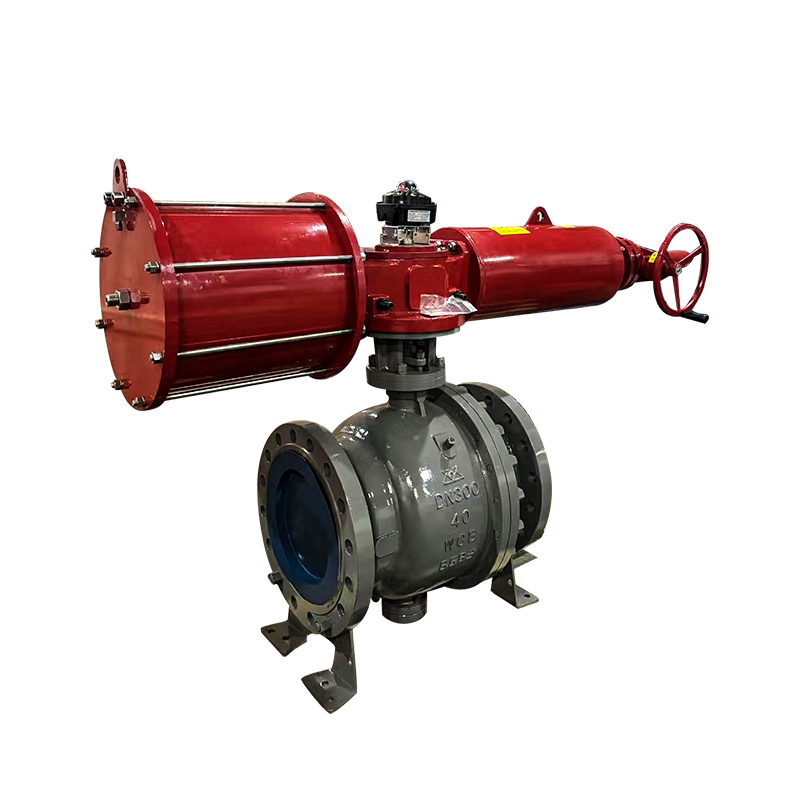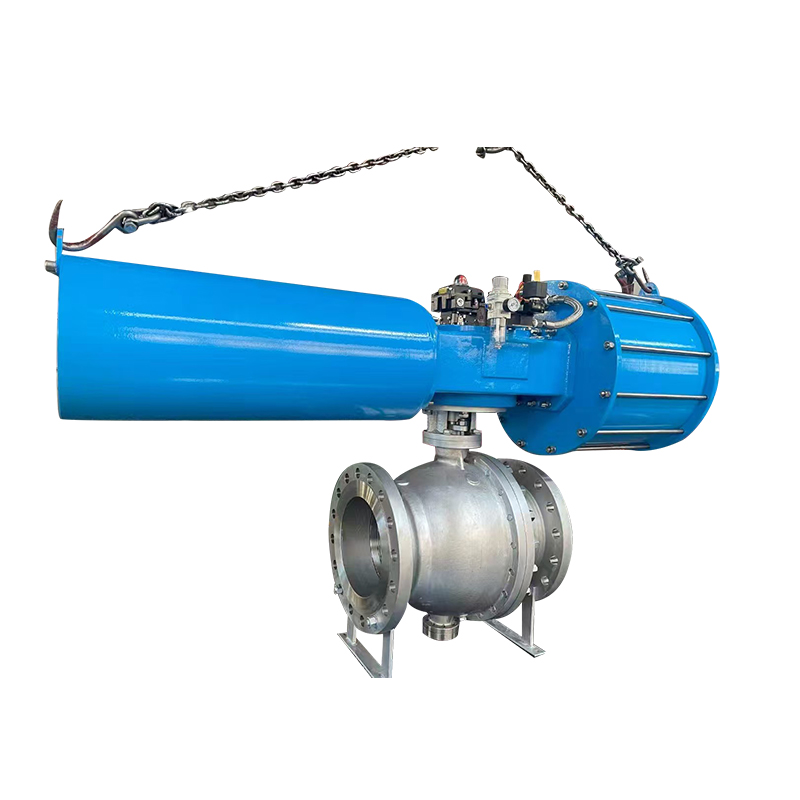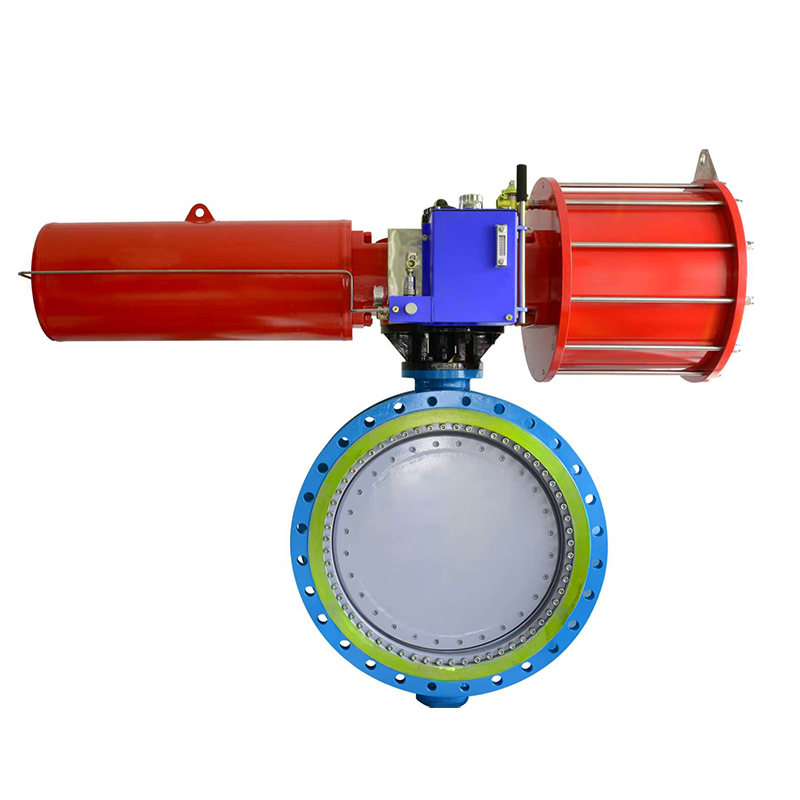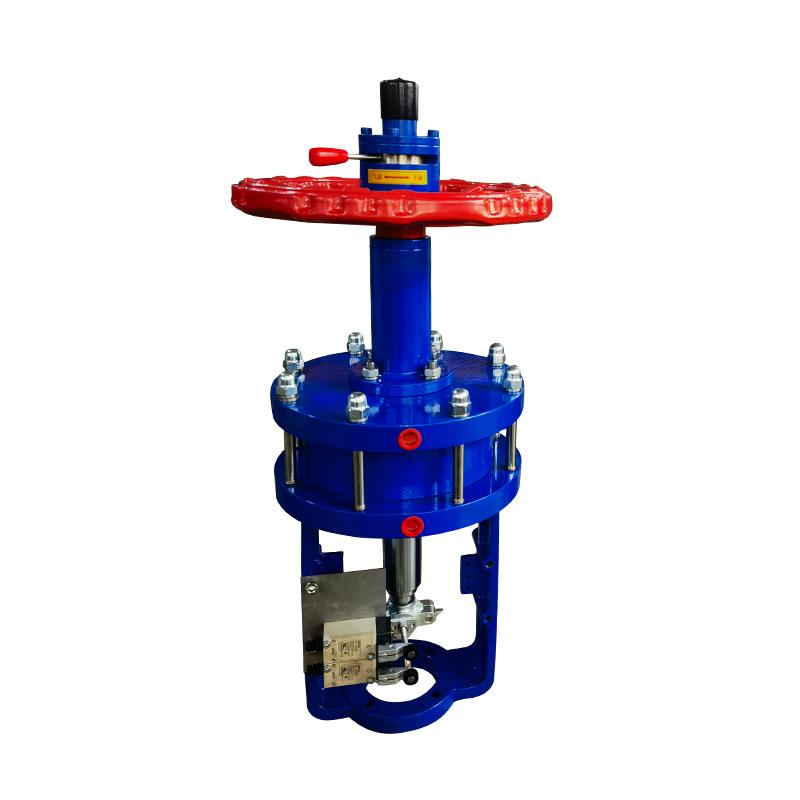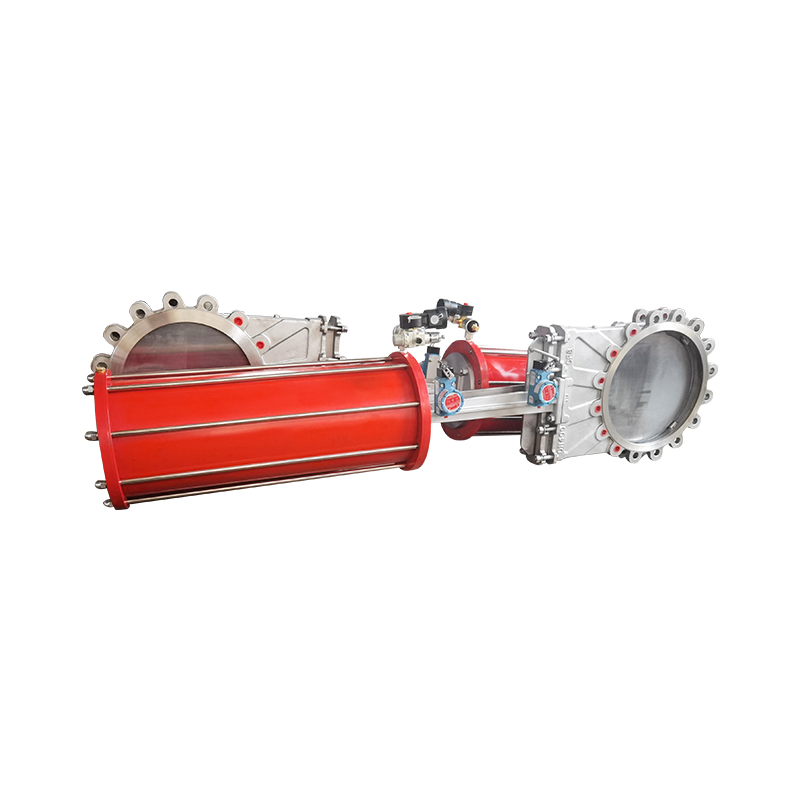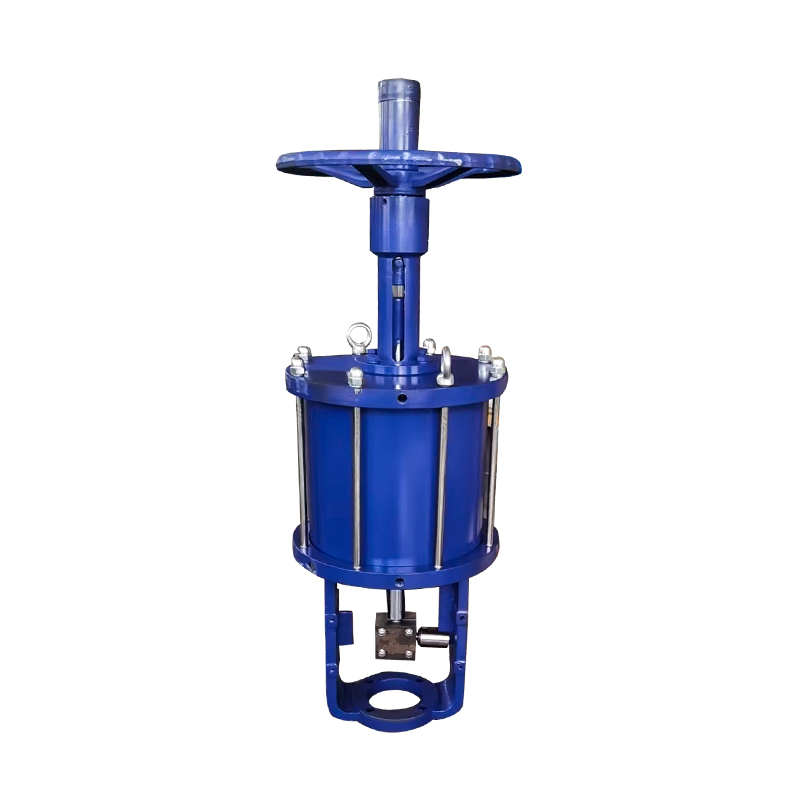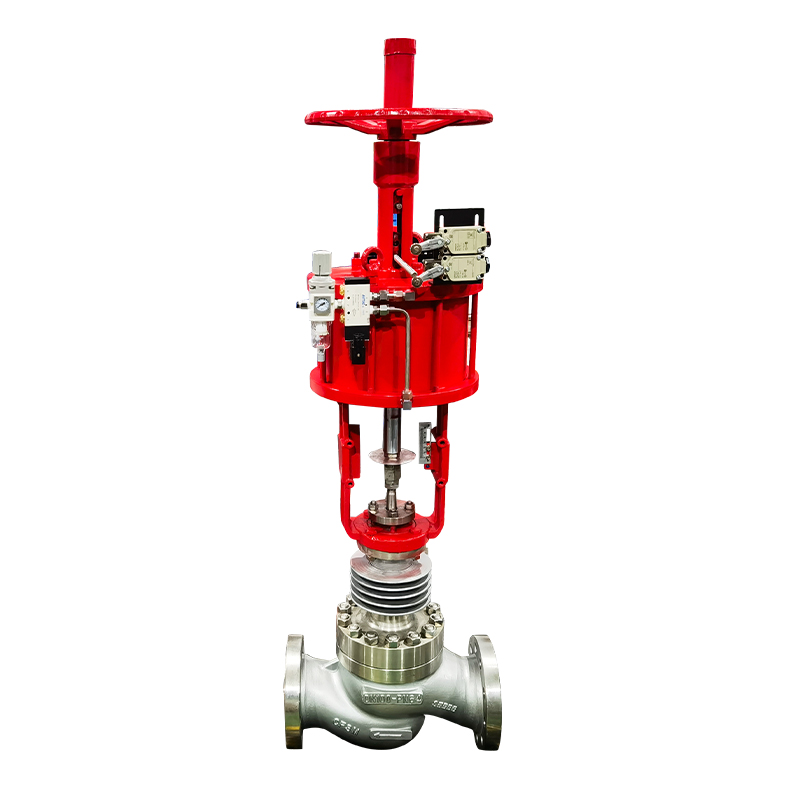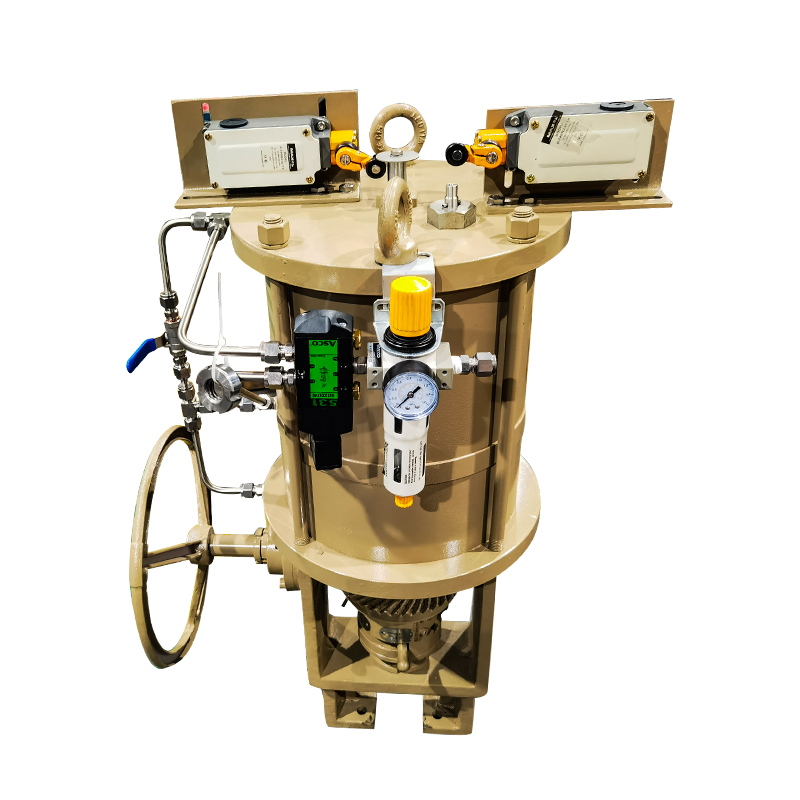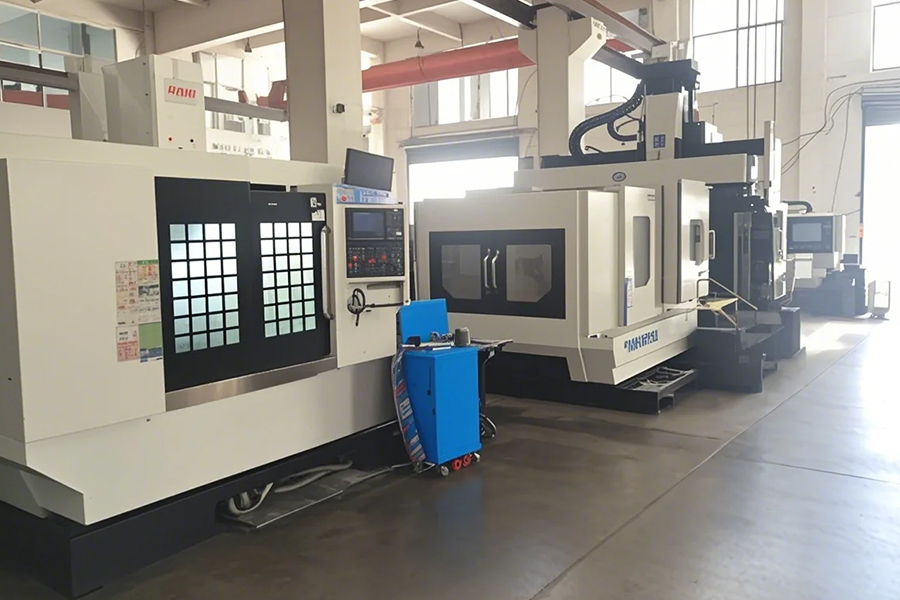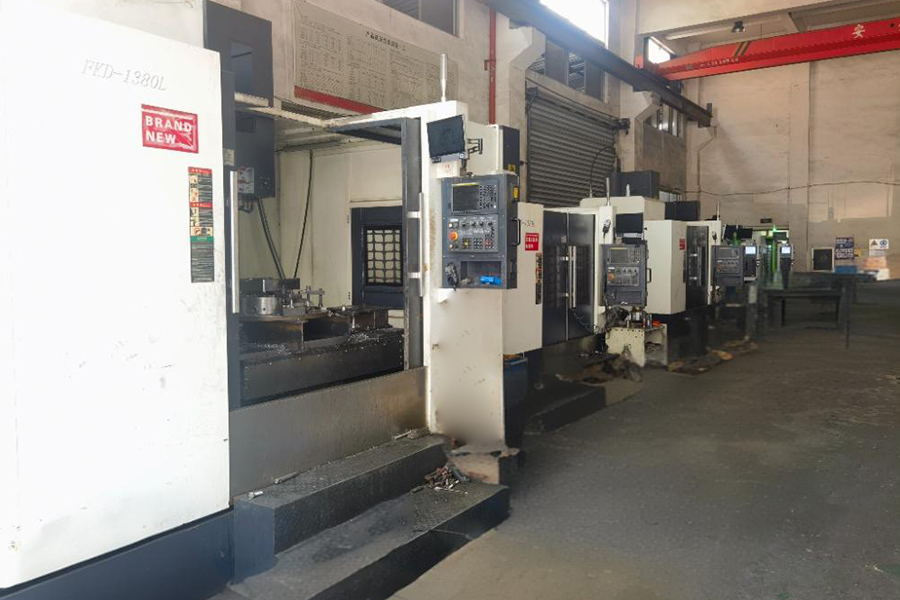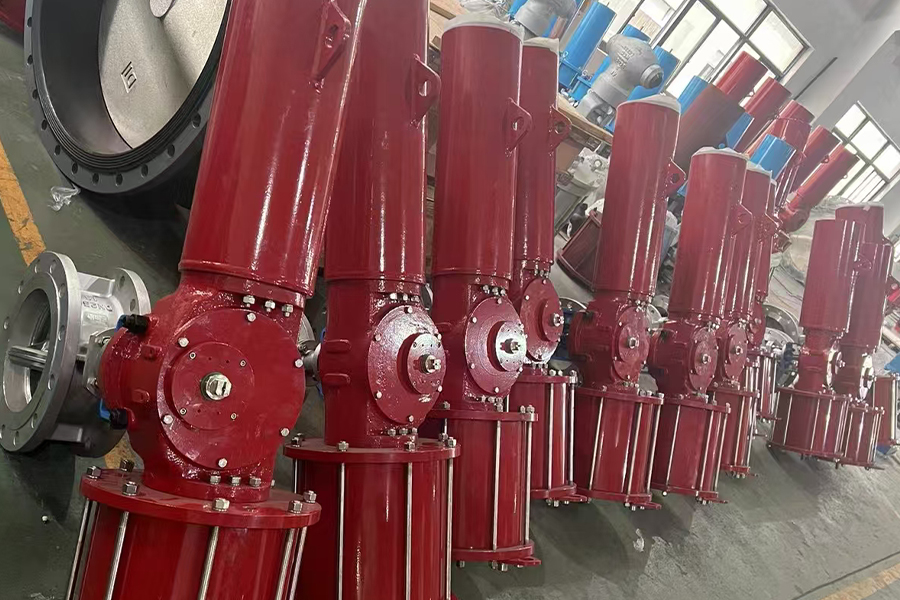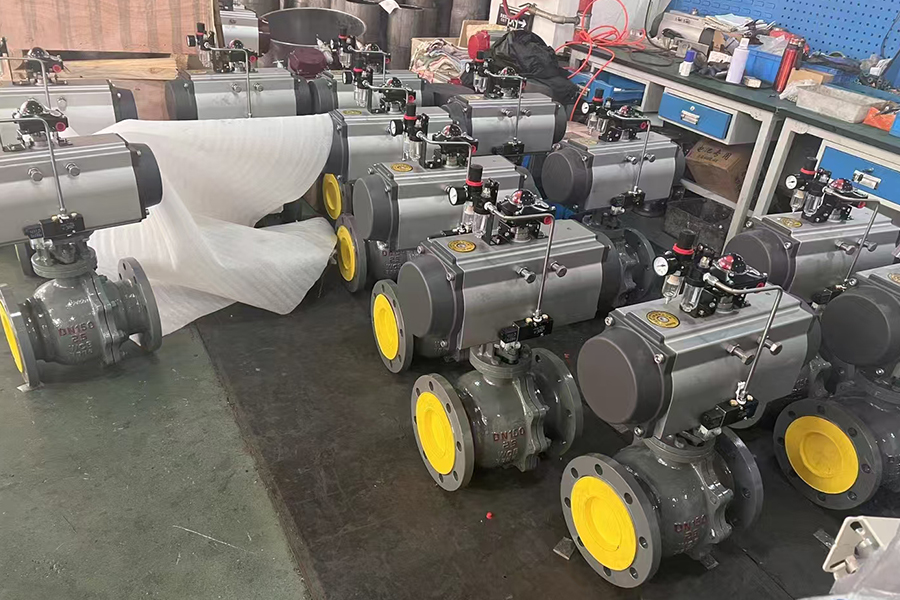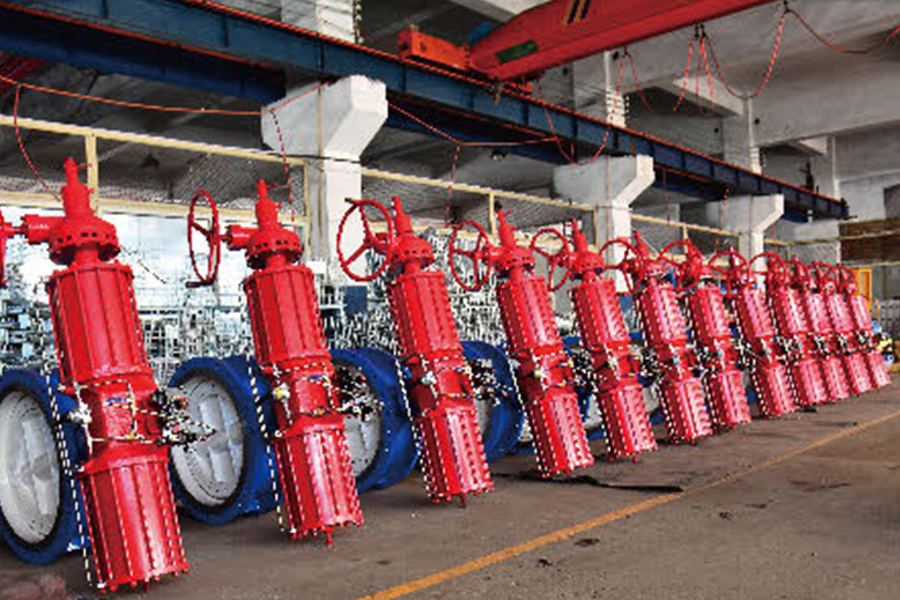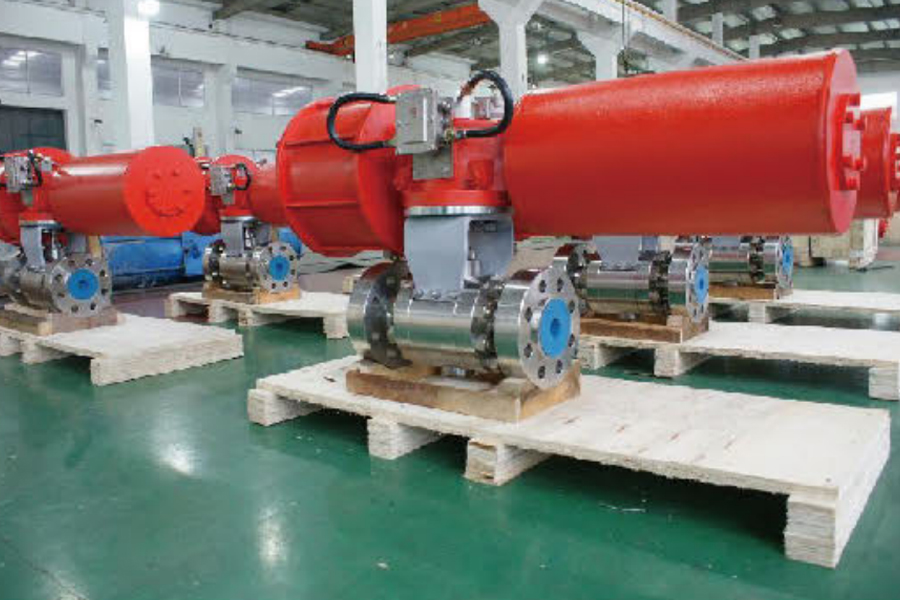An automatic valve is a device that uses an electric, pneumatic, hydraulic, or electromagnetic drive to control the valve. Its core principle is to use the combination ofa sensor, valve actuator, and control module, and use the sensor signal transmission to make the control module issue instructions, and then operate the switch of the valve actuator.
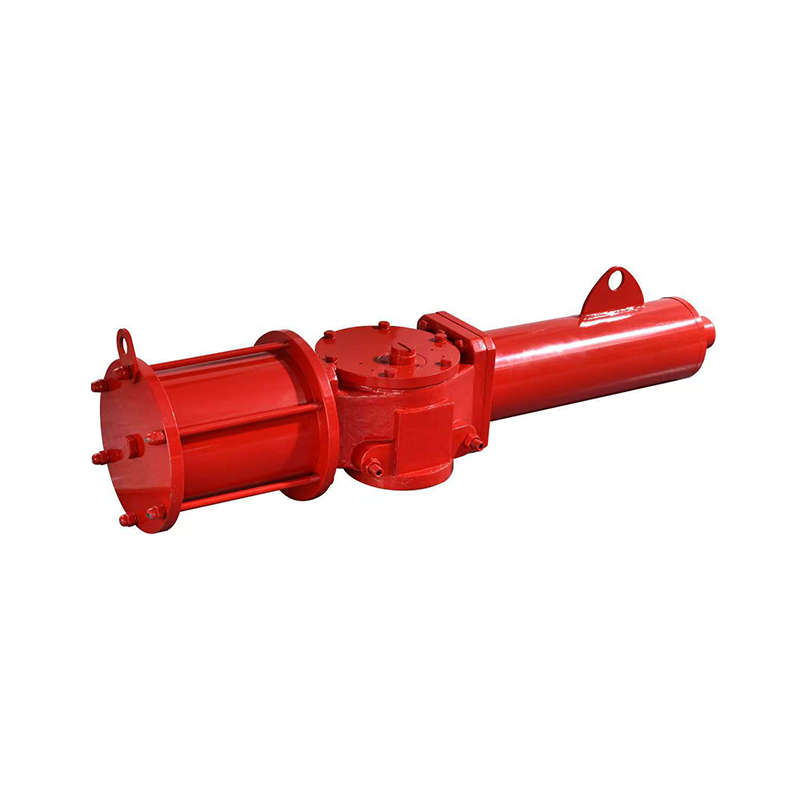
Specifically, the working principle of the automatic valve can be divided into the following types:
Electric drive: The motor drives the valve's opening and closing, which is suitable for occasions requiring precise control.
Pneumatic drive: Using compressed air as a power source to drive the valve actuator is suitable for occasions requiring rapid response.
Hydraulic drive: The valve is driven by the hydraulic system, which is suitable for occasions requiring large thrust.
Electromagnetic drive: The valve is driven by electromagnetic force, which is suitable for small occasions or occasions requiring rapid switching.
In addition, the automatic valve can also realize the automatic adjustment of parameters such as flow, pressure, and temperature according to different control requirements. For example, the self-operated regulating valve uses the feedback signal (such as pressure, pressure difference, or temperature) at the valve output end to be transmitted to the actuator through the signal tube, driving the valve disc to change the valve opening, thereby achieving the purpose of regulating pressure, flow, and temperature.
A Pneumatic Control Valve with Actuator is a type of valve that uses compressed air to control the flow of a process fluid. The valve component regulates the flow, while the actuator converts air pressure into mechanical motion to open, close, or modulate the valve position. Together, the system provides automated and precise control over the process flow.
There are different types of actuators used in pneumatic systems, including diaphragm, piston, and rotary types. The actuator's function is to respond to control signals and adjust the valve accordingly. The Pneumatic Control Valve with Actuator typically interfaces with a controller, which sends the necessary signal based on real-time process data.
The Pneumatic Control Valve with Actuator operates by using compressed air as its power source. A control signal, usually 3-15 psi or 4-20 mA, is sent to a positioner attached to the actuator. The positioner adjusts the air supply to the actuator to move the valve stem or shaft to the desired position. This movement alters the size of the valve opening, controlling the flow rate of fluid or gas through the pipeline.
This arrangement allows for continuous and proportional control, which is essential in applications requiring precise flow regulation. The Pneumatic Control Valve with Actuator is especially favored in environments where electrical equipment could pose a hazard, such as explosive or flammable atmospheres.
The Pneumatic Control Valve with Actuator is known for reliable operation, even in harsh environments. Since it uses air rather than electricity, it is safer in areas prone to fire or explosion.
Compressed air systems allow for quick actuation, which means the valve can respond rapidly to changes in control signals. This is critical in dynamic processes requiring tight control.
A Pneumatic Control Valve with Actuator generally has fewer moving parts than motor-driven alternatives, reduced wear and lower maintenance costs.
In systems where compressed air is already available, the Pneumatic Control Valve with Actuator provides an efficient means of flow control without the need for additional power sources.
These valves perform well in dusty, wet, or chemically aggressive environments. Their robust design ensures long-term operation with minimal performance degradation.
The Pneumatic Control Valve with Actuator is used across numerous industries due to its versatility:
Chemical Processing: To regulate the flow of acids, solvents, and gases.
Food and Beverage: For hygienic control of fluids in clean environments.
Pharmaceuticals: To maintain precise conditions in sensitive processes.
Water Treatment Plants: For managing water levels, flow rates, and chemical dosing.
Power Generation: In steam and gas turbine control systems.
In each of these applications, the Pneumatic Control Valve with Actuator ensures accurate, consistent control that supports operational goals such as efficiency, quality, and safety.
Selecting the correct Pneumatic Control Valve with Actuator requires considering several factors:
Valve Type: Globe, ball, butterfly, or diaphragm valves may be used, depending on the flow characteristics required.
Actuator Type: Linear or rotary motion based on the valve's design.
Material Compatibility: Materials must withstand the media and environmental conditions.
Control Accuracy: Depending on the system's demands, the actuator may need a positioner for fine-tuned control.
Customization is often necessary to ensure that the Pneumatic Control Valve with Actuator meets the precise requirements of a given process. Consulting with manufacturers or specialists can help in making the better choice.








